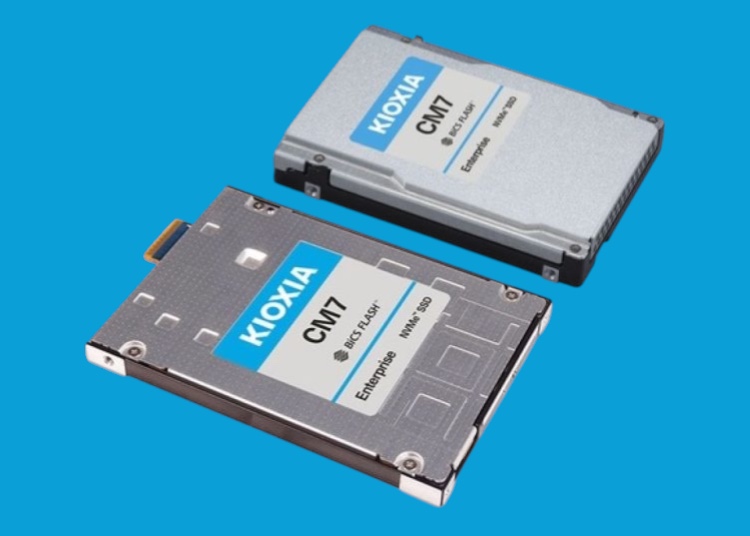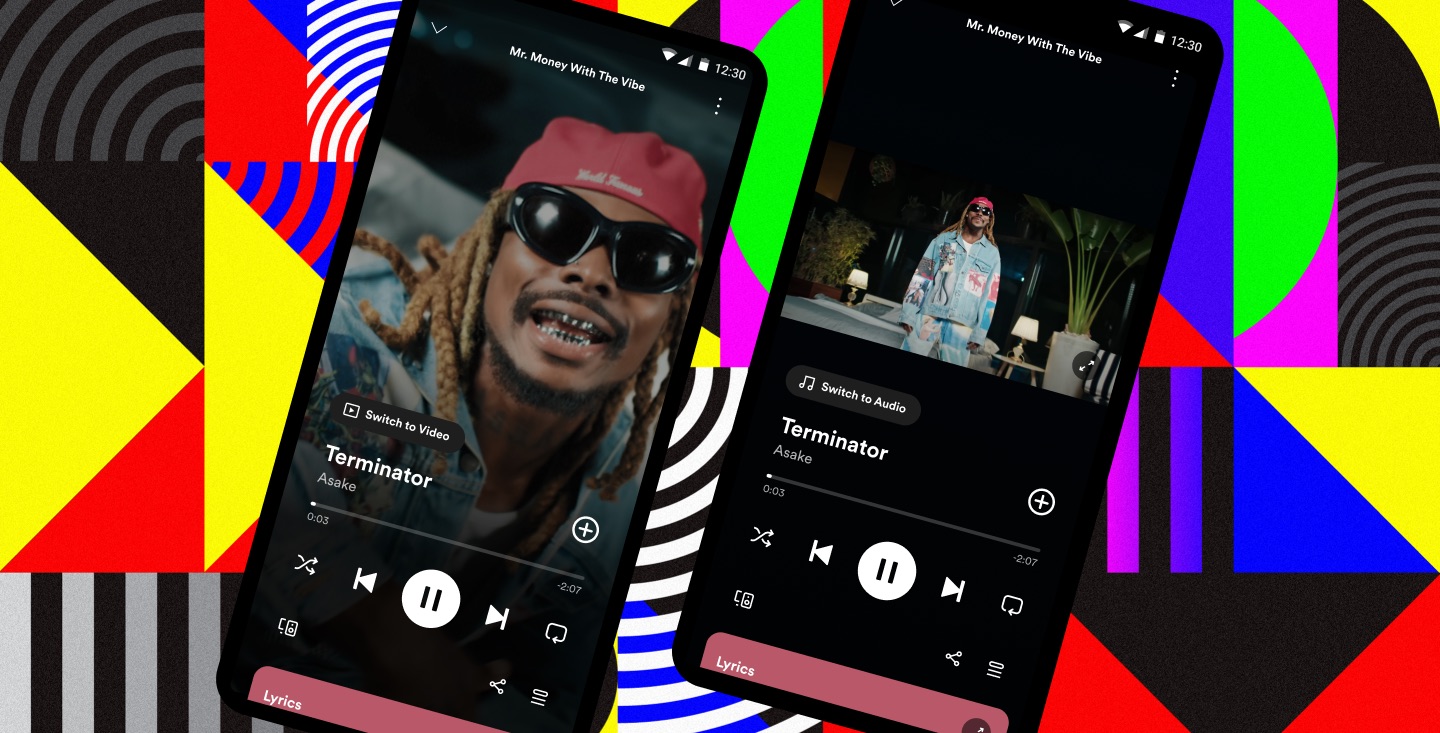Nothing has confirmed that its upcoming Phone (3) will feature a new rear design element called the Glyph Matrix, replacing the signature Glyph LED system that defined the aesthetic of its earlier models. The Glyph Matrix, a dot-matrix display integrated into the back of the device, represents a shift toward greater visual functionality and customization.
Teased in a recent video, the Glyph Matrix appears to occupy the top-right portion of the phone’s rear, suggesting a possible redesign of the camera module—potentially relocating it to the left side rather than the center. If true, this would mark a significant departure from previous Nothing phone layouts, which favored symmetry. Earlier leaks and renders may now need to be reconsidered in light of this new information.
When light becomes language.
— Nothing (@nothing) June 19, 2025
Introducing the Glyph Matrix.
Phone (3). 1 July. pic.twitter.com/YtlPDIlMO6
The move to a dot-matrix format offers more dynamic use cases than the static LED segments used in previous Glyph interfaces. Users could see more expressive notifications, animated patterns, or even contextual visuals depending on app usage or system events. While specific functions have not been disclosed, the change indicates that Nothing is pushing for a more flexible and modern interpretation of its visual identity.
Beyond the new display, Nothing has already revealed several key specs for the Phone (3). It will be powered by the Qualcomm Snapdragon 8s Gen 4 processor and promises long-term support with five major Android OS upgrades and seven years of security updates. The device is set to launch during a special event in London on July 1, where the company will also debut its Nothing Headphone (1).
The Glyph Matrix may help the Phone (3) stand out further in an increasingly competitive mid-premium smartphone segment. While it remains to be seen how consumers will respond to the shift away from the original Glyph design, the change signals Nothing’s ongoing experimentation with both form and function.






